European architecture up for debate in Barcelona
We dispatch from the Mies van der Rohe architecture award ceremony in Barcelona where architects from 38 countries join to discuss the future of architecture and urbanism. From a reimagining of a communist square in Tirana, to the redevelopment of a 1960s housing estate in Bordeaux and a co-living co-creating concrete block in Berlin – we make our own edit of some of the worthy and wonderful 40 shortlisted projects.
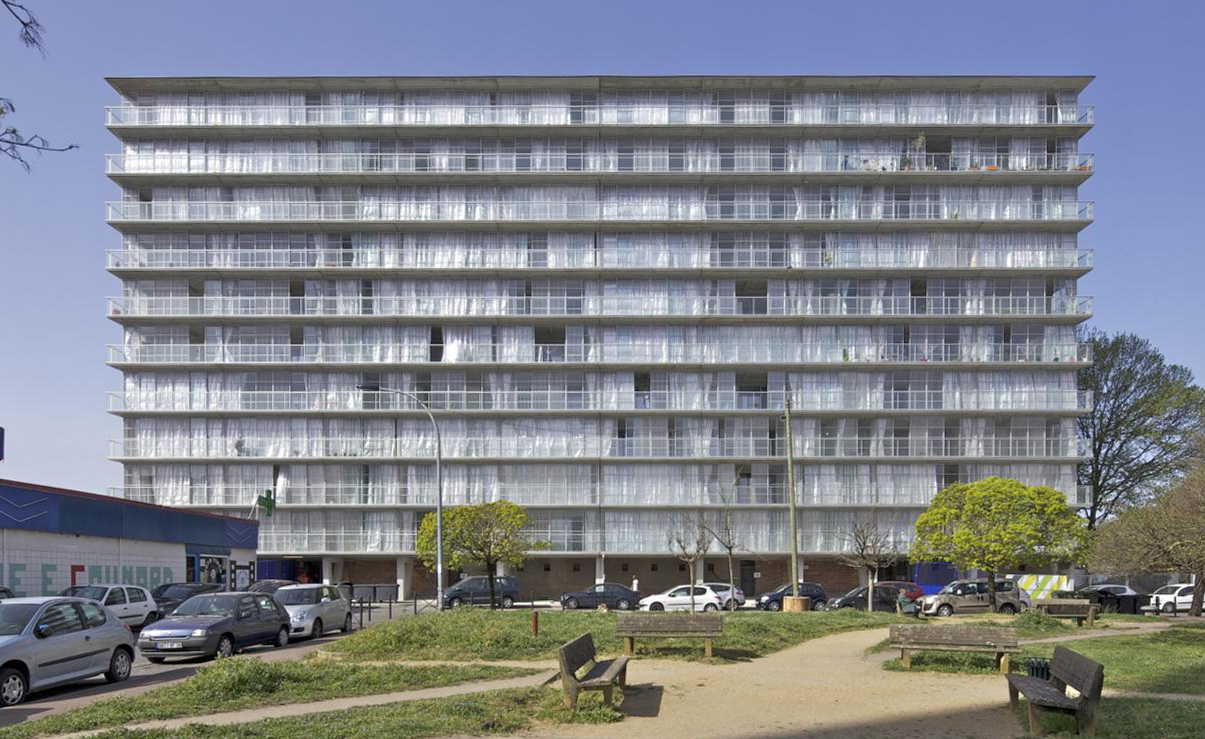
‘Living together’ and ‘common space’ were the tangible common threads at the finalists’ event for the EU40 Mies Award 2019, an architecture prize that is presented every two years.
Out of the nearly 400 projects put forward, which are selected by official architecture associations and experts from 38 countries, only 40 are shortlisted and a handful become finalists. In a fin de siècle hall in Barcelona, a few steps from Mies van der Rohe’s groundbreaking German Pavilion, six different studios presented what the jury considers to be some of the best of contemporary European architecture.
It’s difficult to disagree with their choices. Plaza Skanderbeg, by 51N4E, has banished cars from the centre of Tirana and provided the city with a vast meeting space with forests, water and movable seats made for sharing. In Berlin, the ziggurat-shaped Lobe Block by Brandlhuber + Emde almost forces the idea of co-living and mixed use through its bifurcated staircase, large terraces and living/working spaces that stagger in size over the levels.
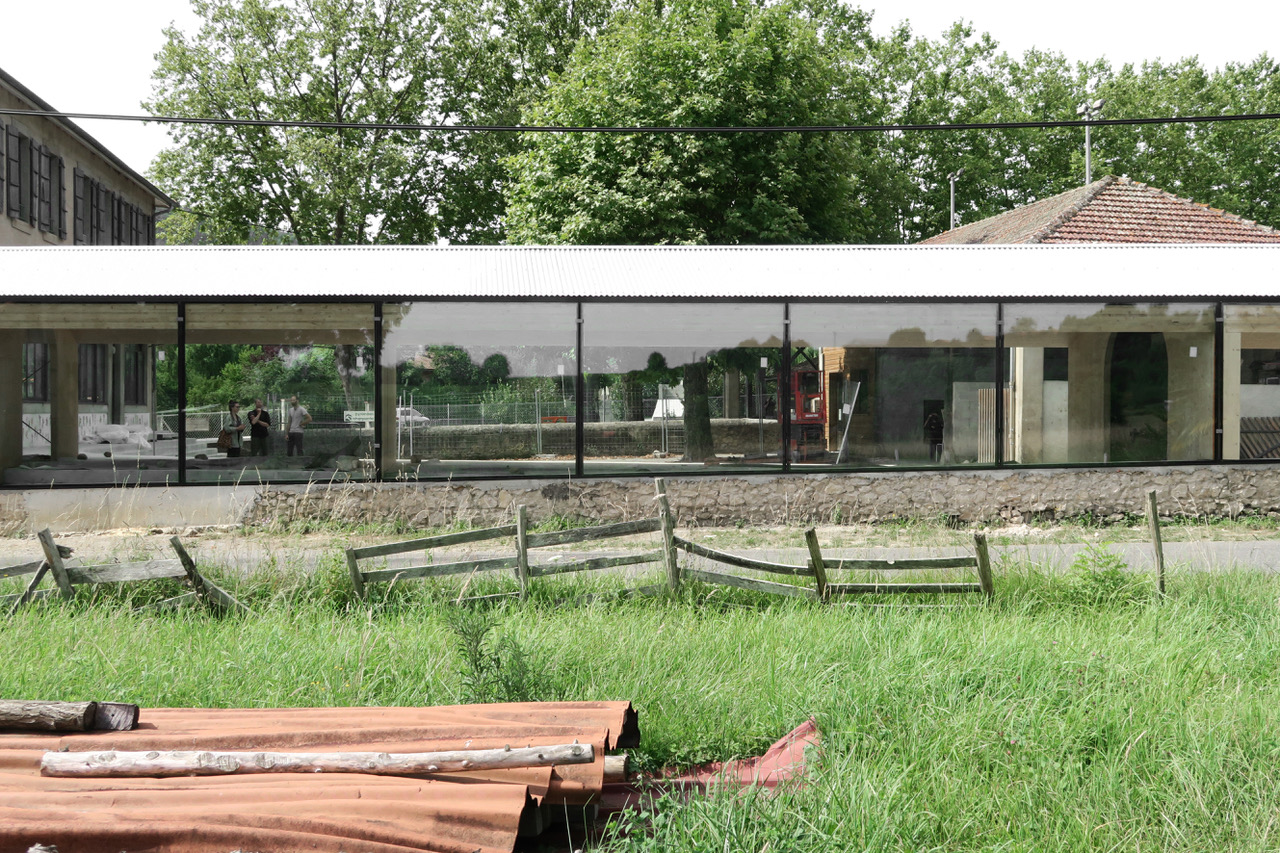
The winner of the emerging architecture category was a School Refectory in Montbrun-Bocage.
Architecten de Vylder Vinck Taillieu put forward architecture that heals with PC Caritas, a defunct psychiatric facility the studio transformed into a serene space for patients and carers with greenhouses and sheltered terraces. The French BAST studio took the Emerging Architect prize for the addition of an ethereal, transparent refectory to a public school in rural France, a project they described as using ‘minimal gestures for maximal effectiveness.’
The winner of the EU40 Mies Award 2019 also dropped in France for Lacaton & Vassal’s astonishing transformation of a vast 1960s block of 530 public housing dwellings in Bordeaux. The project, which will become a benchmark in how to make out-dated social housing more liveable, transformed the lives of the inhabitants inside (who were previously consulted before work began) with the addition of an second façade whose void added 53 per cent of living space in the form of an enclosed terrace with amazing views.
‘I propose a new definition of urbanism and architecture,’ said Anne Lacaton, at the close of her presentation, which received a standing ovation. ‘We need to create a discipline for the fusion of the inside and outside,’ she explained, before thanking Mr and Mrs van der Rohe, for the award.
The Wallpaper* edit of the 40 shortlisted projects...

Civic Centre Lleialtat Santsenca, Barcelona by HARQUITECTES – this renovation and restoration project arose from an understanding of the historic value of Lleialtat Santsenca – an old working class cooperative in the Sants area; maintaining as much as possible of the original building; and being sensitive to the whole collaborative process launched in 2009 by neighbourhood organisations to recover the building.
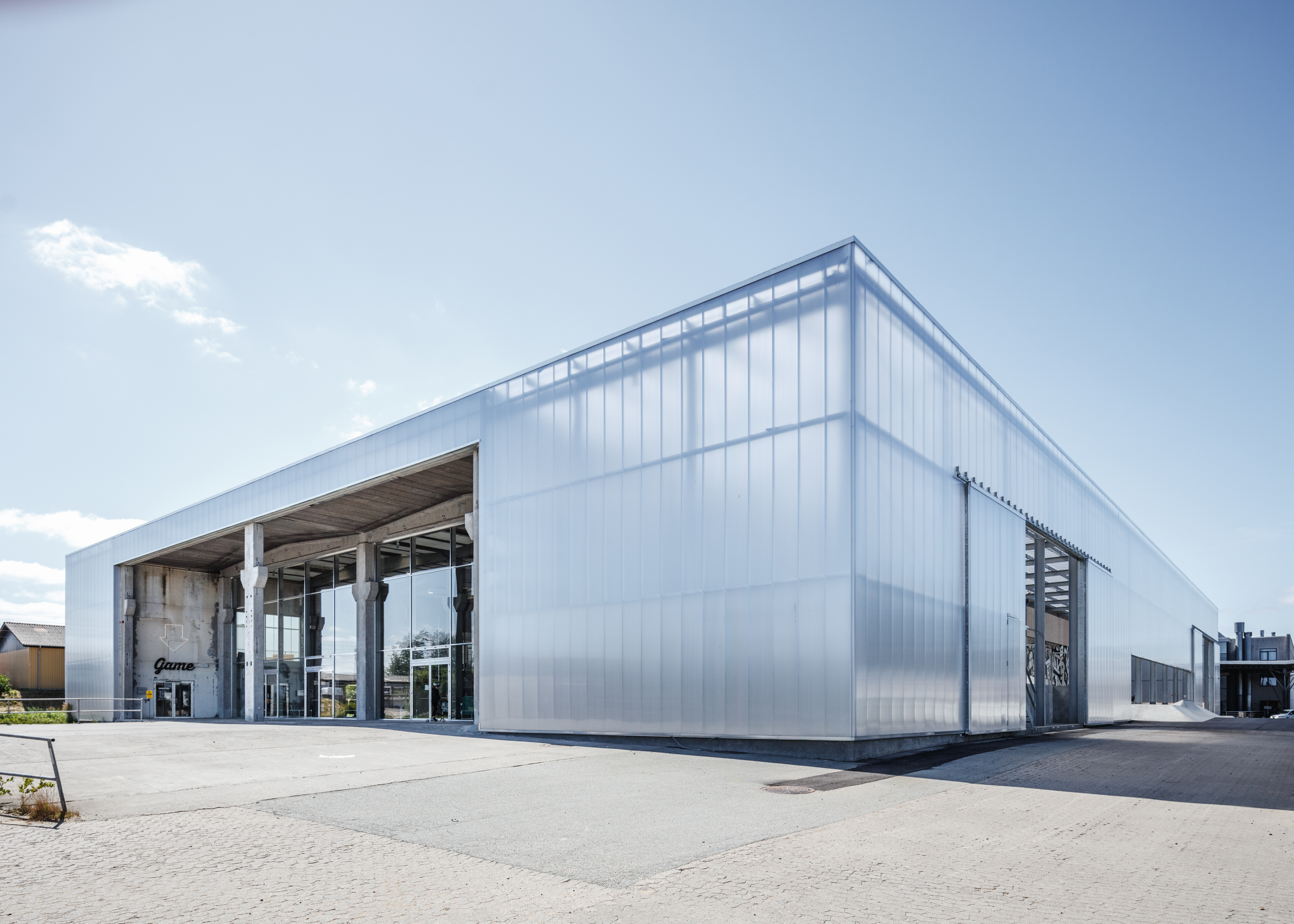
Streetmekka Viborg, Denmark by EFFEKT – a 1970s suburban warehouse has been transformed into a covered streetscape offering sports facilities such as parkour, skate, bouldering, basketball, trial as well workshops for music, art, wood and metal, DJ, an animation studio and fab lab.
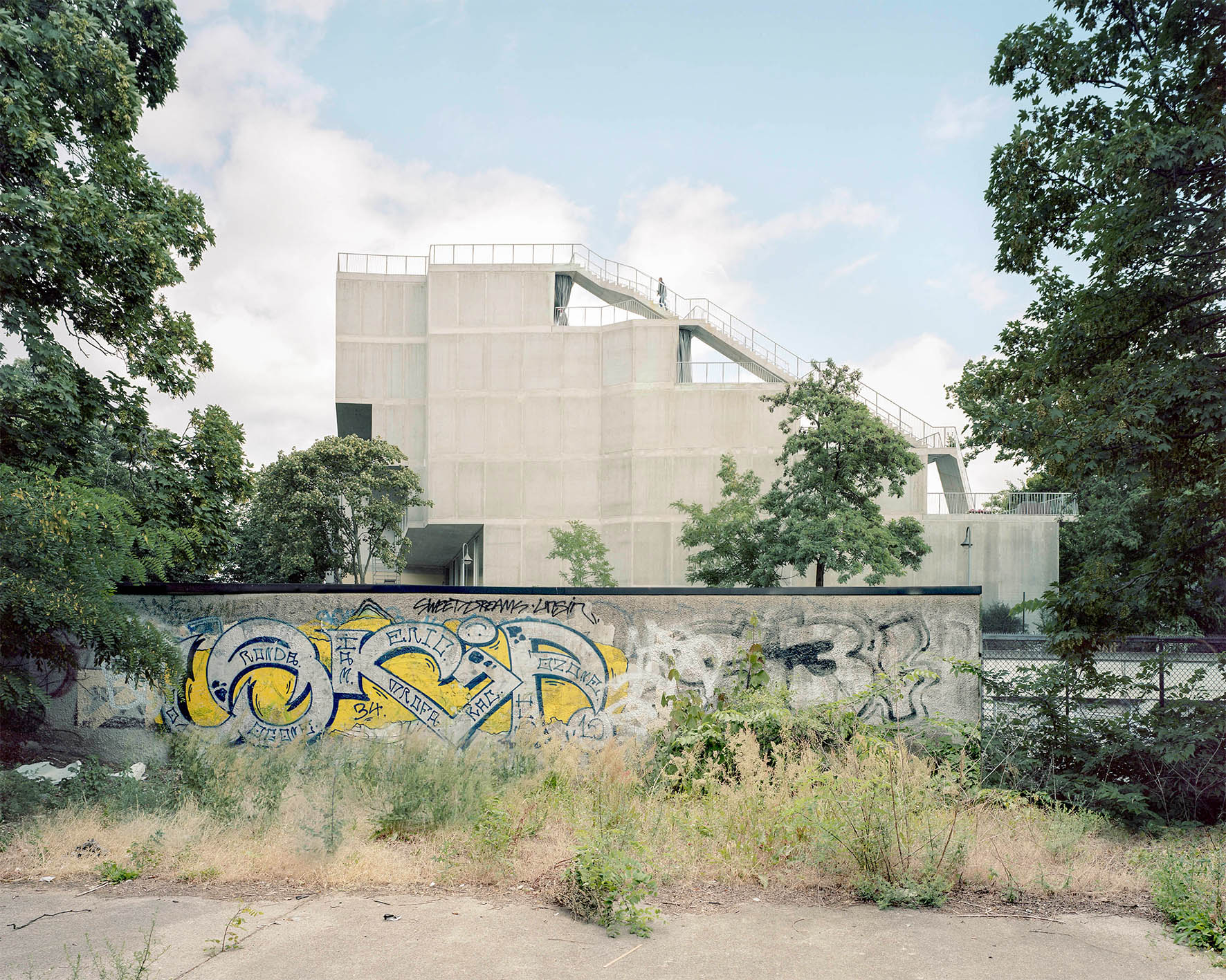
Terracehouse, Berlin by Brandlhuber + Emde, Burlon, Muck Petzet Architekten – located in Berlin-Wedding on the site of a former junk yard, this project is a mixed use building combining residential living with a gallery. The staggered concrete levels create a ziggurat-like shape with six metre deep terraces on each floor and a maximised semi-public space on the ground floor.
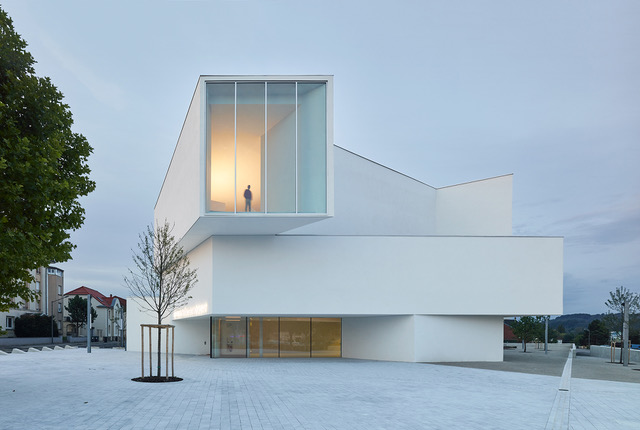
‘Théodore Gouvy’ Theatre, Freyming-Merlebach by Dominique Coulon at Associés – in the north east of France, in a former coal mining town Freyming-Merlebach, a new theatre strikes an unusual silhouette as a new public space for the community with a 700-seat auditorium.
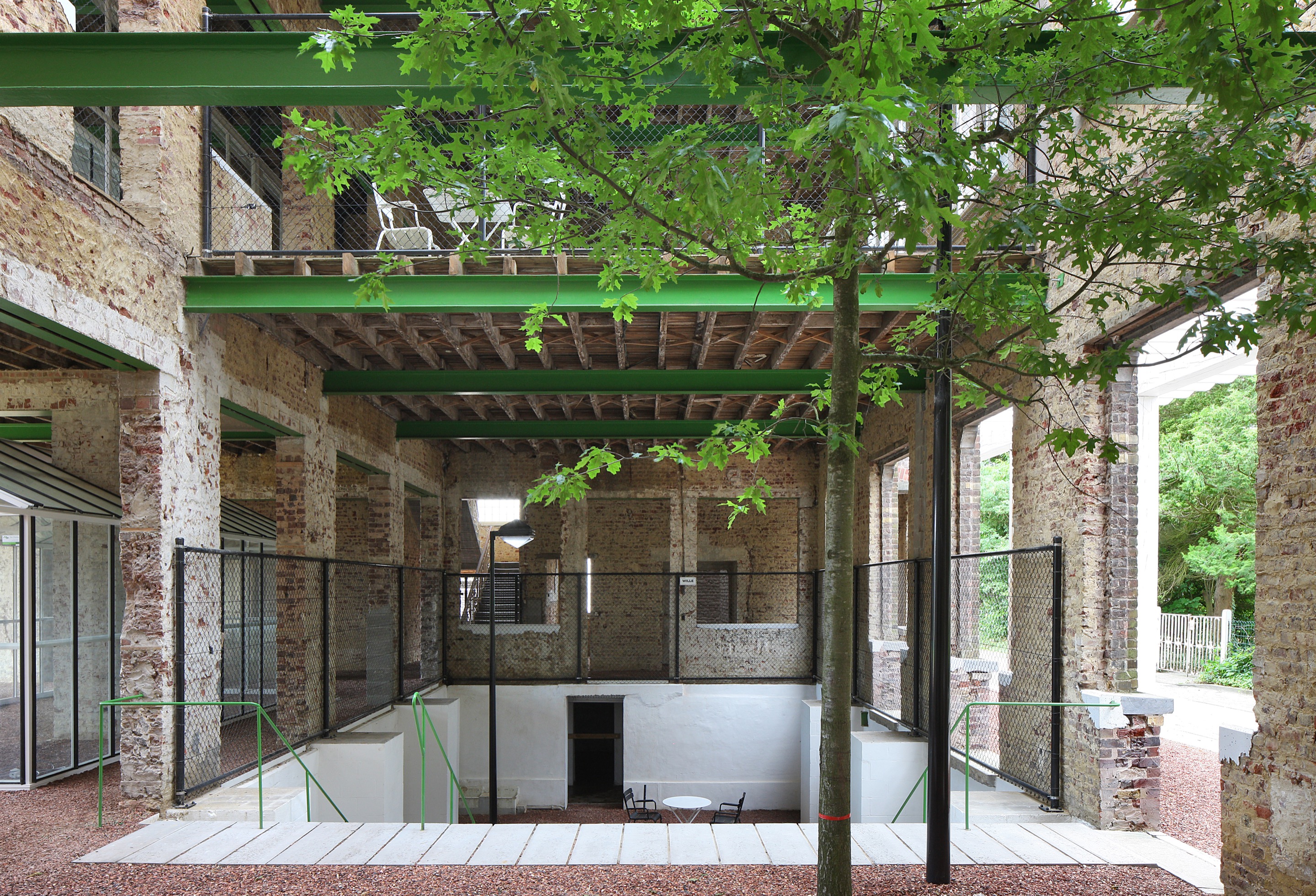
PC CARITAS, Melle, Belgium by Architecten de Vylder Vinck Taillieu – once an old psychiatric clinic of many departments that each had their own ‘villa’ with open green spaces in between, this hospital was returned to its original context as a health facility, with restoration of brickwork and wooden floors and the addition of new greenhouse spaces.
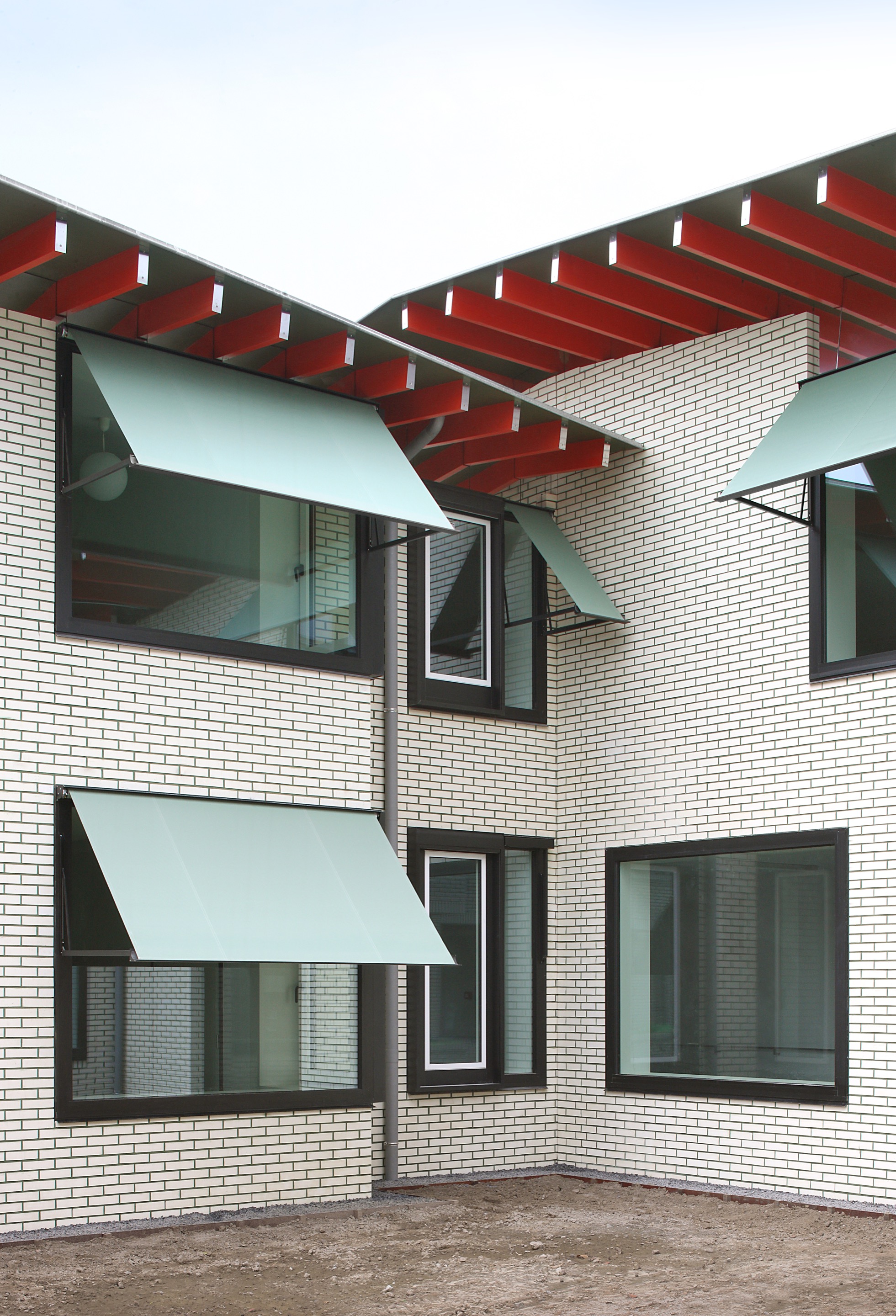
Kapelleveld residential care centre, Temat, Belgium by Architecten de Vylder Vinck Taillieu – a friendly, low-lying building of two storeys in a typical Flemish village setting, that prioritises its rooms for residents – defined by their large windows with shading awnings. The pragmatic plan contains several wings, yet the whole building is covered by a slowly sloping and generous roof.
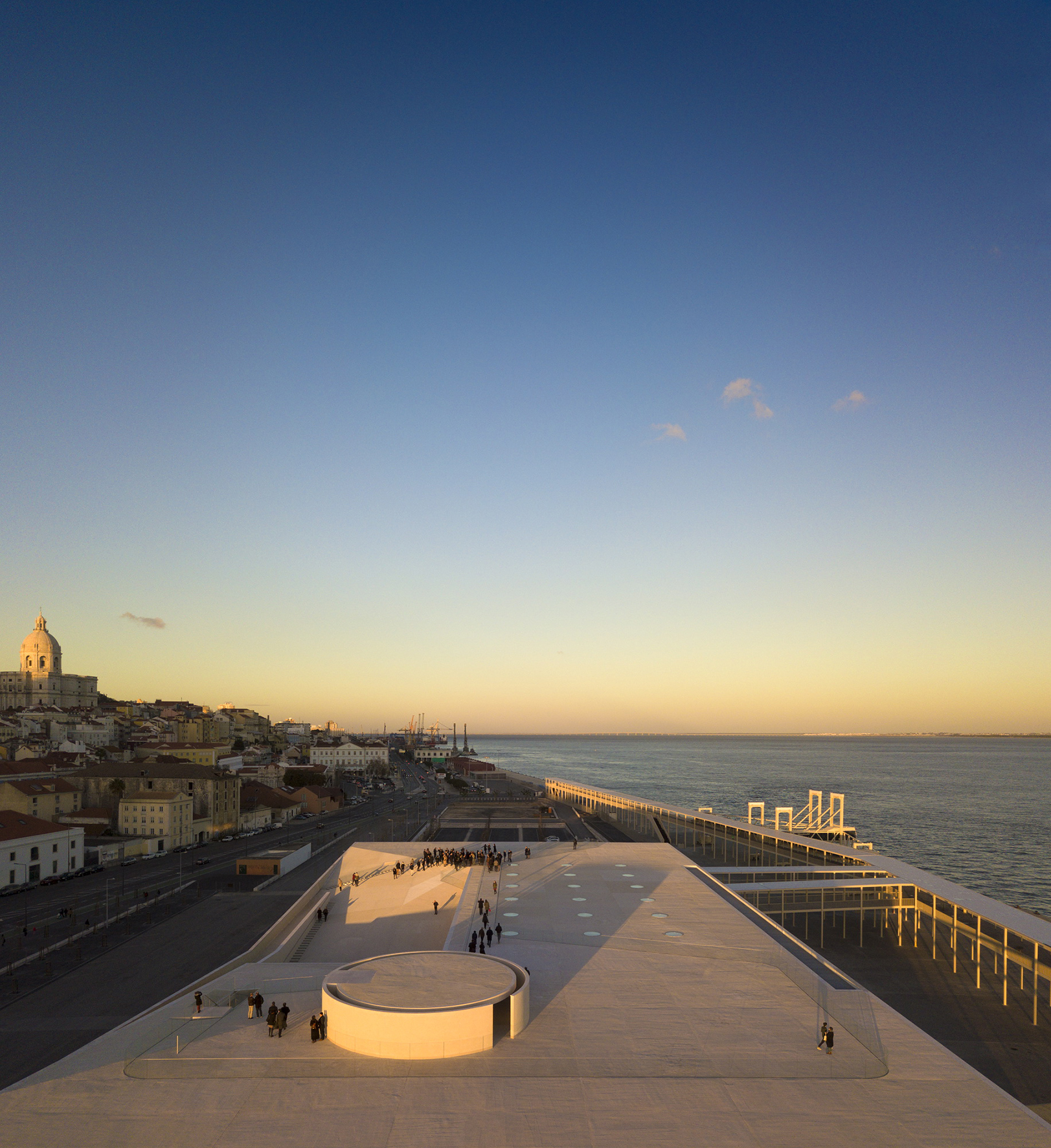
Lisbon Cruise Terminal, Portugal by Carrilho da Graça – located on the river front, halfway between the Praça do Comércio and the Santa Apolónia train station, this compact light concrete building was designed as a small amphitheatre, that looks back at the city of Lisbon.
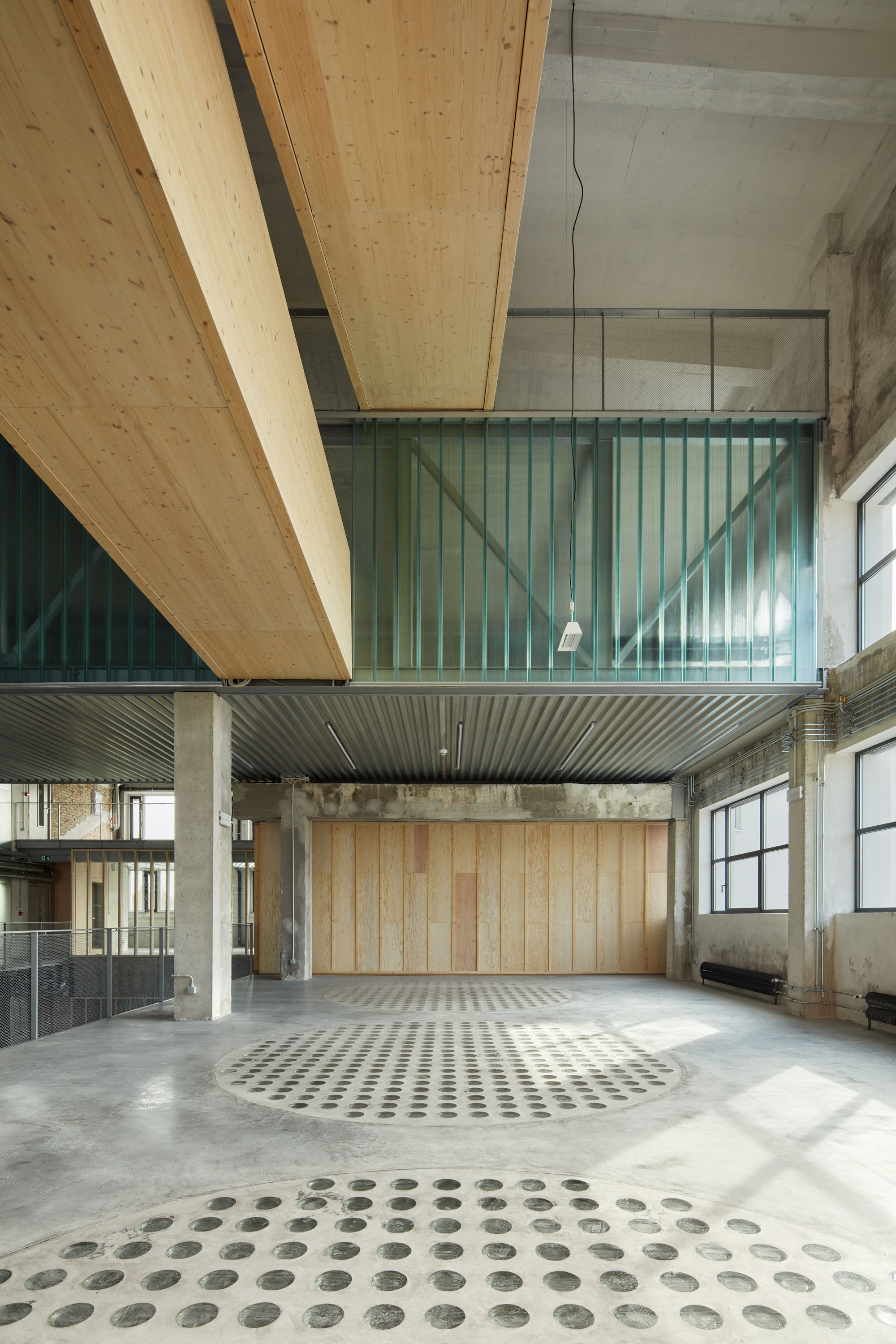
Adaptation of the former factory Mlynica, Bratislava by GutGut – this project is an adaptation of a former industrial building, Mlynica, that combines living and working with the ambition of creating a unique community on a vast brownfield site in Bratislava.
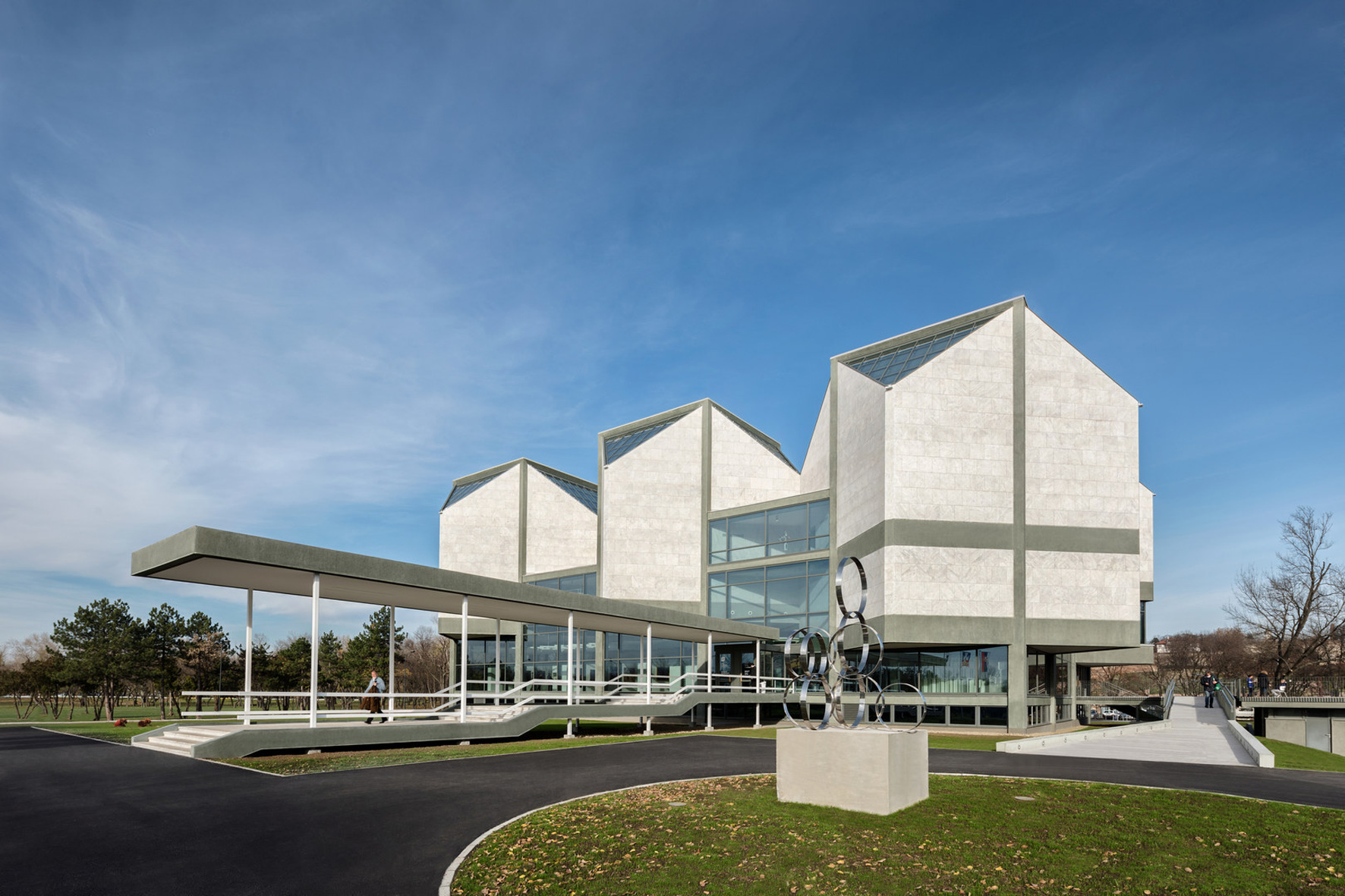
Reconstruction of Museum of Contemporary Art, Belgrade, Serbia by Nooto and Dejan Todorović – originally designed by architects Ivanka Raspopović and Ivan Antić in 1959-60, this museum included six crystal-formed cubic modules placed on a rectangular base and rotated by 45 degrees. The project was a reconstruction, restoration and conservation of the architectural heritage.
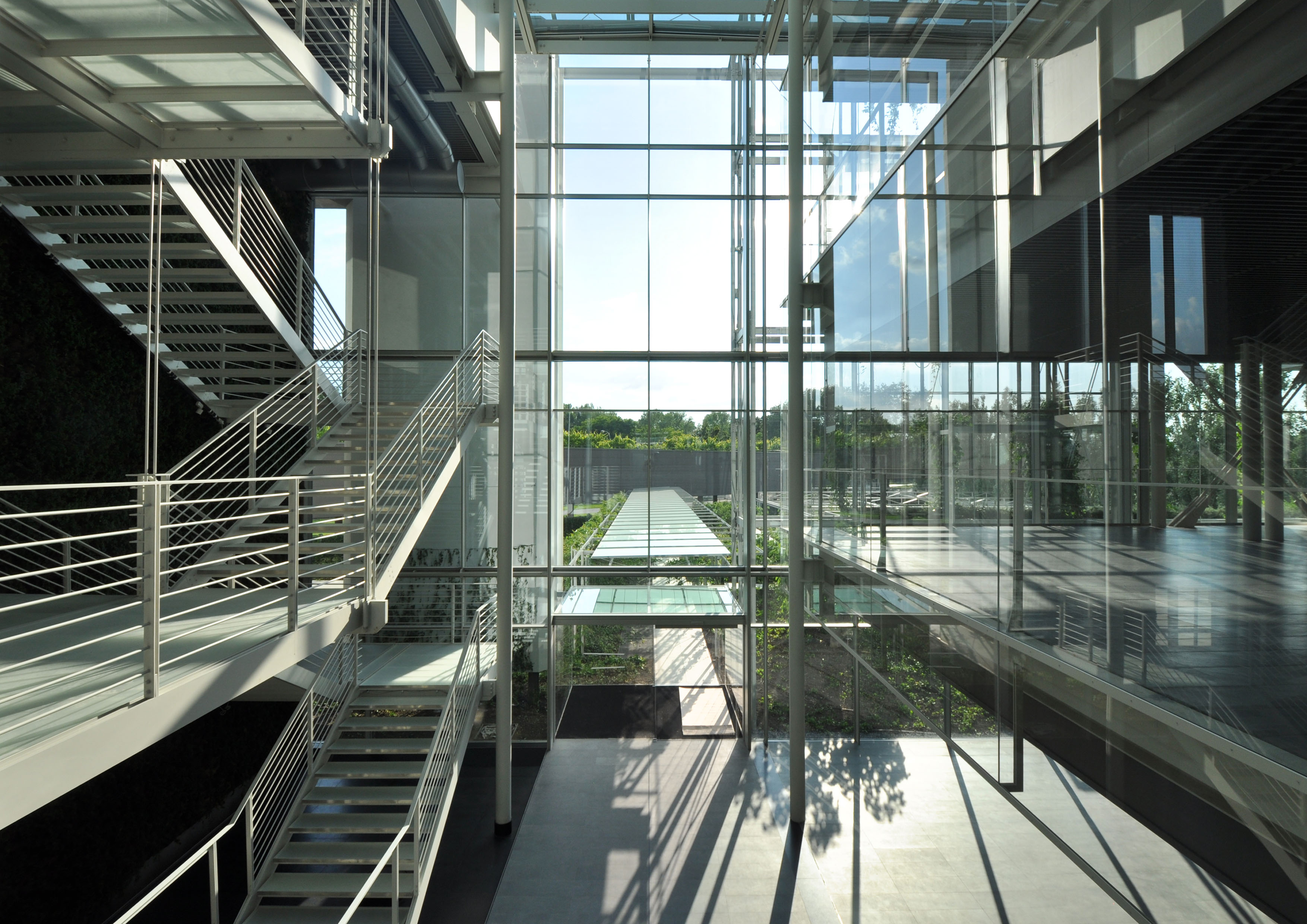
Prada Productive Headquarter, Arezzo, Italy, by Canali Associati – a ‘green factory’ designed for employee wellbeing that respects the landscape. The facility is dedicated to Prada’s leather goods industry and craft and Prada also purchased an adjacent plot of land to ensure surrounding nature and views of the landscape.
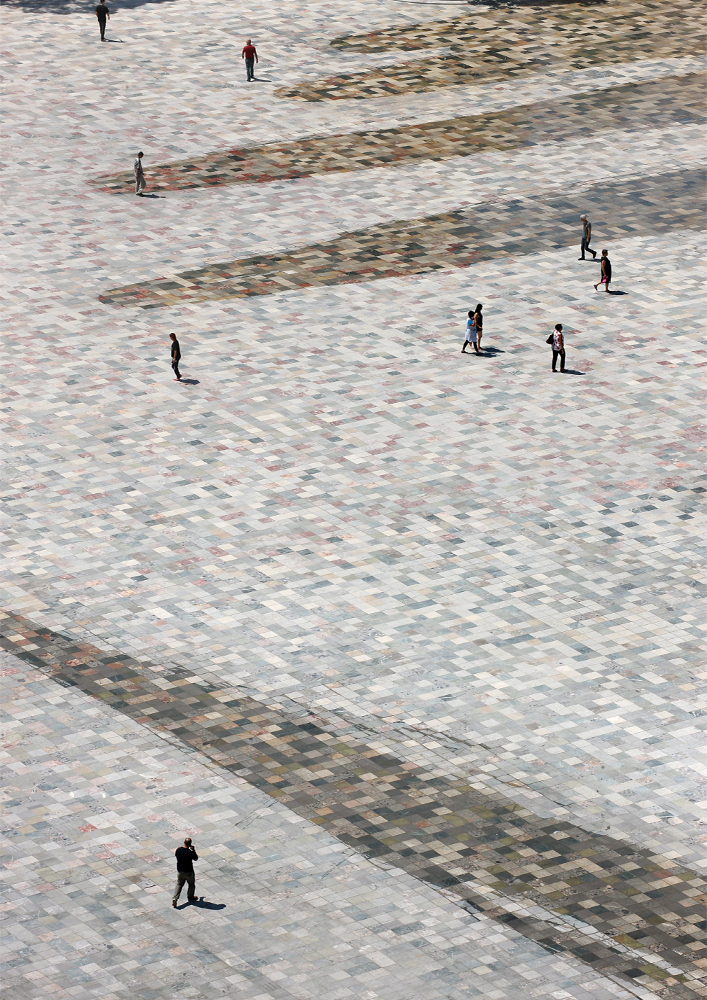
Skanderbeg Square, Tirana, Albania, by 51N4E; Anri Sala; Plant en Houtgoed; iRI – the redesign of this ex-communist square, a national symbol located at the centre of the capital city. The architects reorganised the vast space in a simple yet radical manner, creating a ‘void in the chaos of the city.’
INFORMATION
For more information, visit the EU Mies Award website
Receive our daily digest of inspiration, escapism and design stories from around the world direct to your inbox.
-
 Why are the most memorable watch designers increasingly from outside the industry?
Why are the most memorable watch designers increasingly from outside the industry?Many of the most striking and influential watches of the 21st century have been designed by those outside of the industry’s mainstream. Is it only through the hiring of external designers that watch aesthetics really move on?
-
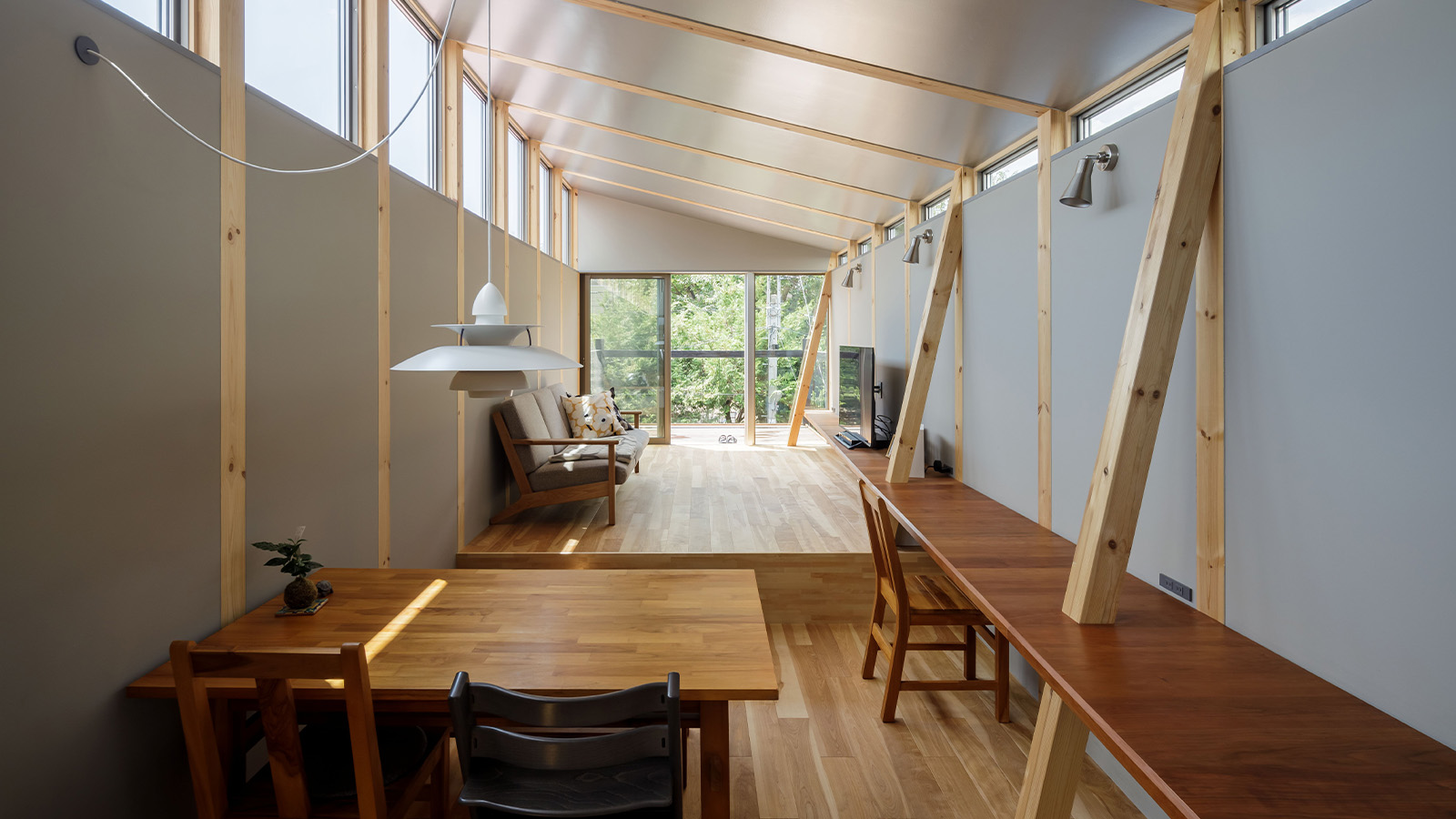 This Fukasawa house is a contemporary take on the traditional wooden architecture of Japan
This Fukasawa house is a contemporary take on the traditional wooden architecture of JapanDesigned by MIDW, a house nestled in the south-west Tokyo district features contrasting spaces united by the calming rhythm of structural timber beams
-
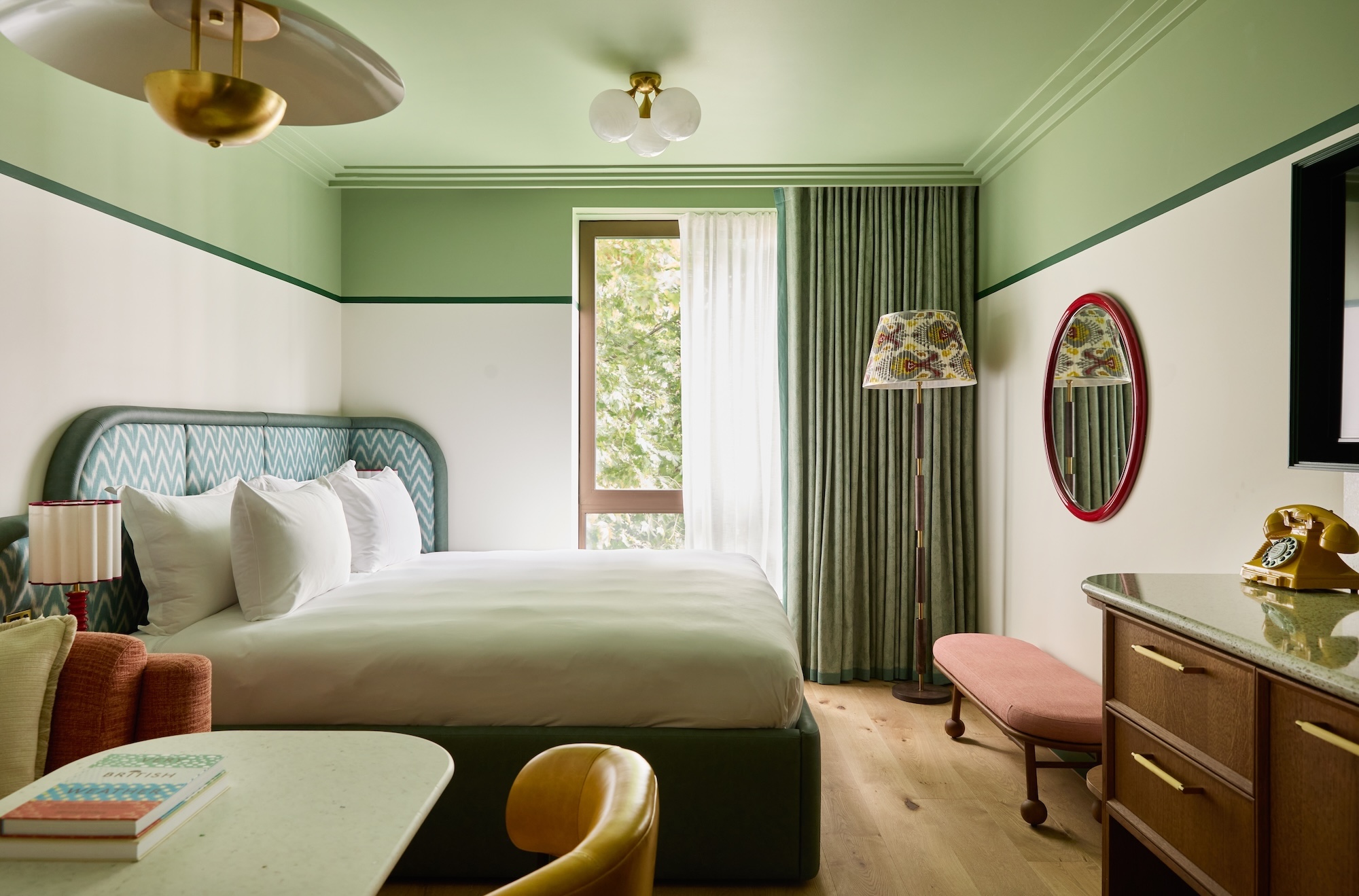 At last: a London hotel that’s great for groups and extended stays
At last: a London hotel that’s great for groups and extended staysThe July London Victoria, a new aparthotel concept just steps away from one of the city's busiest rail stations, is perfect for weekends and long-term visits alike
-
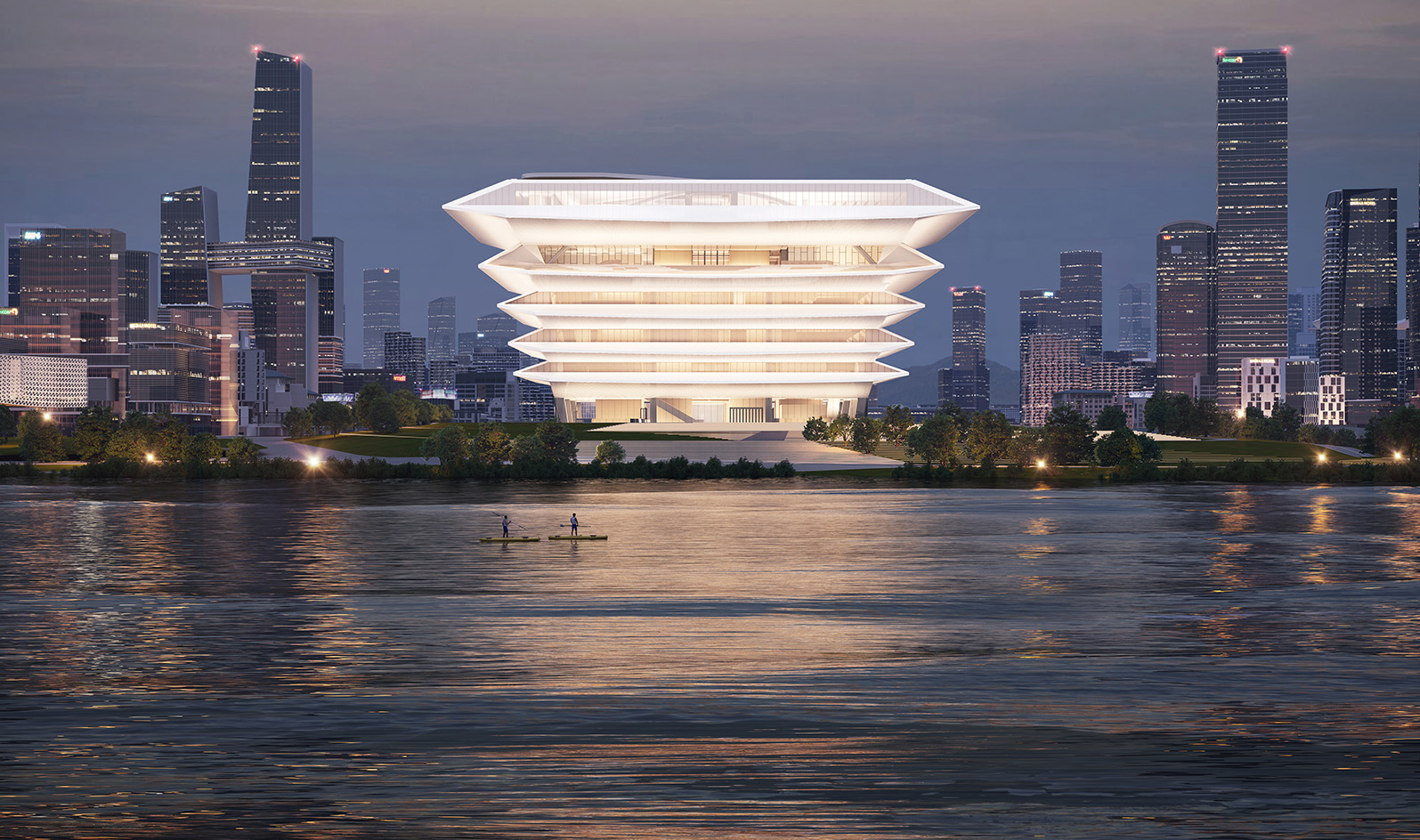 The RIBA Asia Pacific Awards reward impactful, mindful architecture – here are the winners
The RIBA Asia Pacific Awards reward impactful, mindful architecture – here are the winnersThe 2025 RIBA Asia Pacific Awards mark the accolade’s first year – and span from sustainable mixed-use towers to masterplanning and housing
-
 RIBA House of the Year 2025 is a ‘rare mixture of sensitivity and boldness’
RIBA House of the Year 2025 is a ‘rare mixture of sensitivity and boldness’Topping the list of seven shortlisted homes, Izat Arundell’s Hebridean self-build – named Caochan na Creige – is announced as the RIBA House of the Year 2025
-
 A revived public space in Aberdeen is named Scotland’s building of the year
A revived public space in Aberdeen is named Scotland’s building of the yearAberdeen's Union Terrace Gardens by Stallan-Brand Architecture + Design and LDA Design wins the 2025 Andrew Doolan Best Building in Scotland Award
-
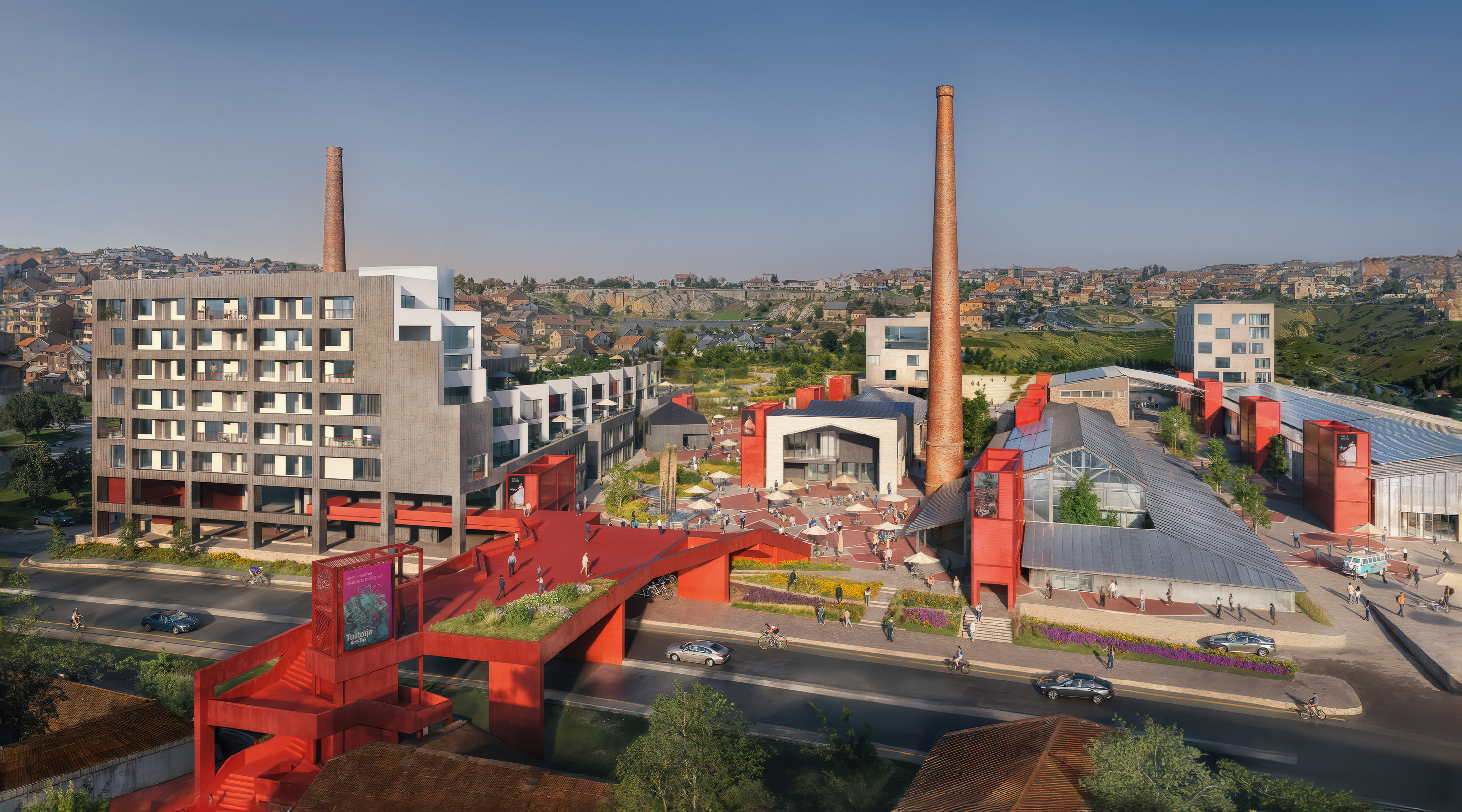 At the Holcim Foundation Forum and its Grand Prizes, sustainability is both urgent and hopeful
At the Holcim Foundation Forum and its Grand Prizes, sustainability is both urgent and hopefulThe Holcim Foundation Forum just took place in Venice, culminating in the announcement of the organisation's Grand Prizes, the projects especially honoured among 20 previously announced winning designs
-
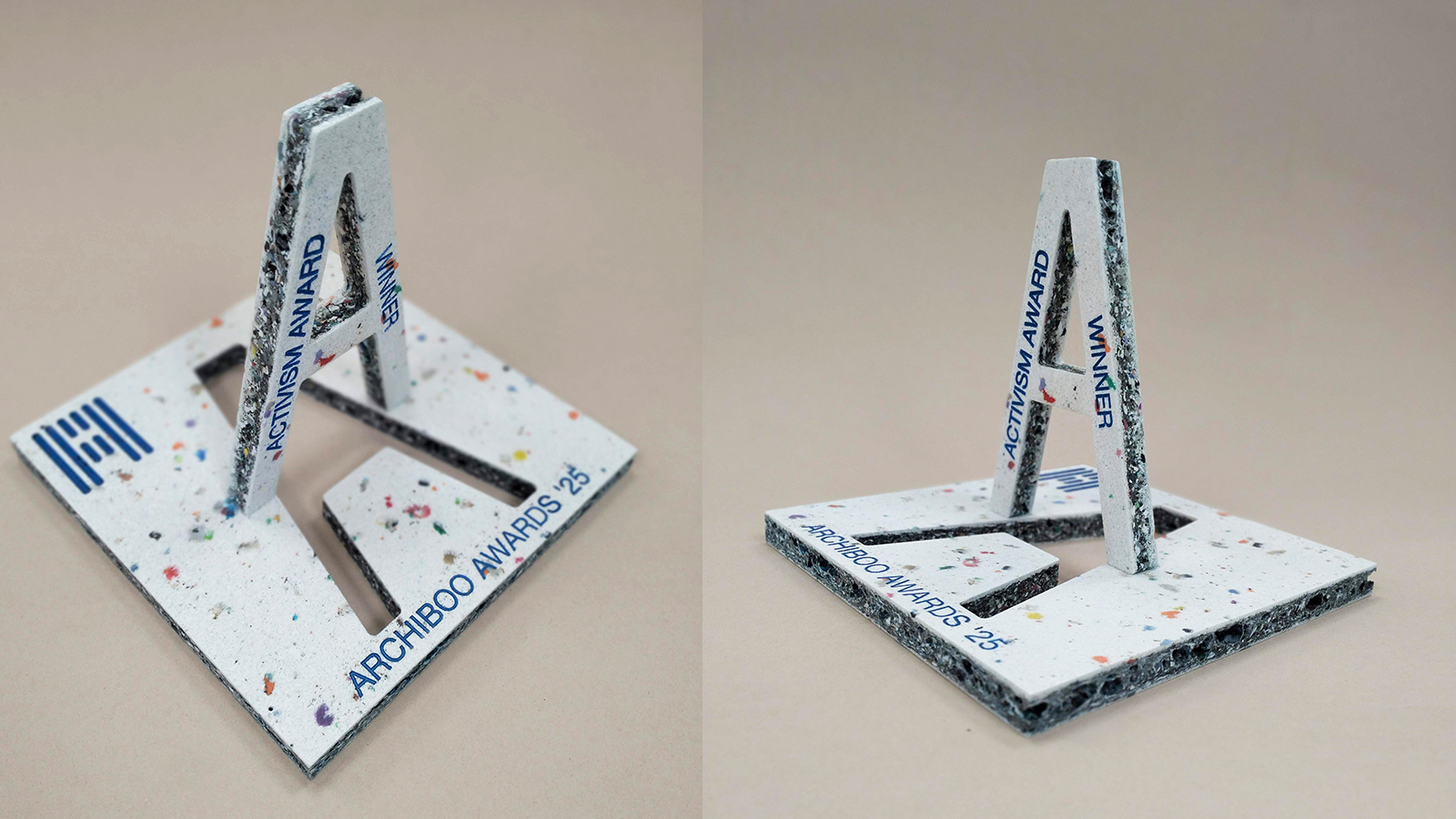 Archiboo Awards 2025 revealed, including prizes for architecture activism and use of AI
Archiboo Awards 2025 revealed, including prizes for architecture activism and use of AIArchiboo Awards 2025 are announced, highlighting Narrative Practice as winners of the Activism in architecture category this year, among several other accolades
-
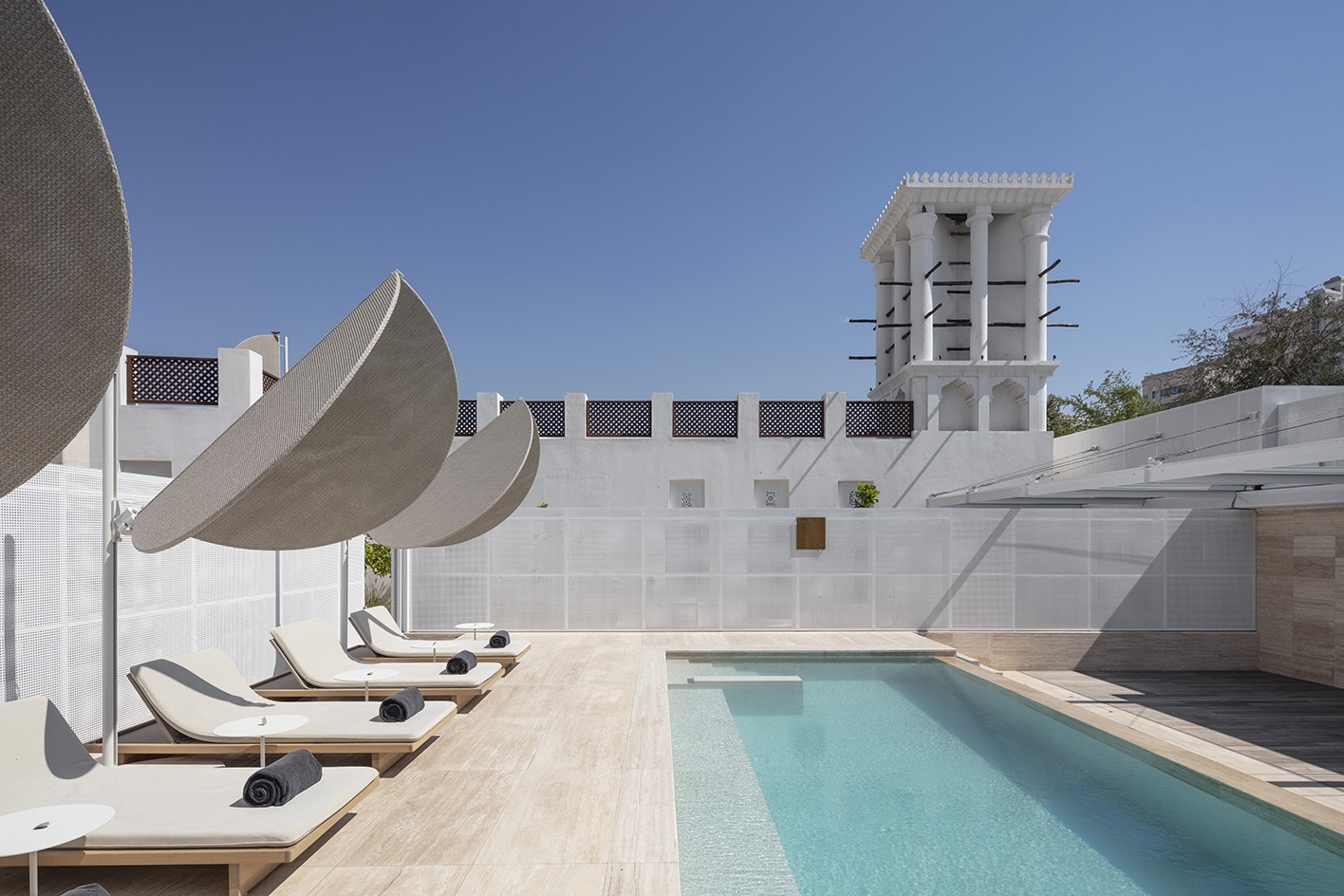 RIBA launches new awards – and for the first winners, we look to the Middle East
RIBA launches new awards – and for the first winners, we look to the Middle EastThe RIBA Middle East Award winners are announced today. The first of the organisation's two new territory awards series honours a women-only mosque, a luxury hotel, a city park and more
-
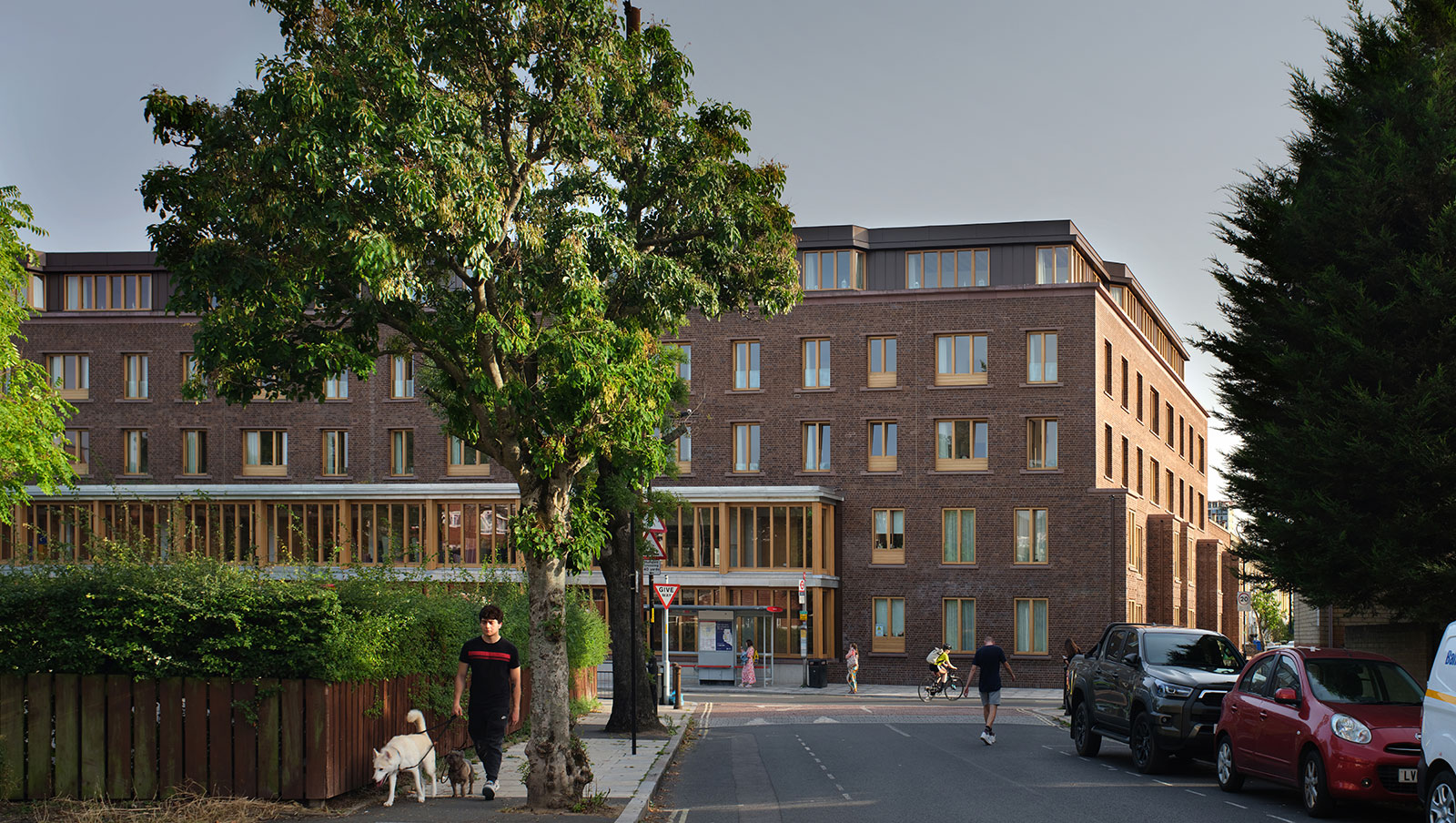 RIBA Stirling Prize 2025 winner is ‘a radical reimagining of later living’
RIBA Stirling Prize 2025 winner is ‘a radical reimagining of later living’Appleby Blue Almshouse wins the RIBA Stirling Prize 2025, crowning the social housing complex for over-65s by Witherford Watson Mann Architects, the best building of the year
-
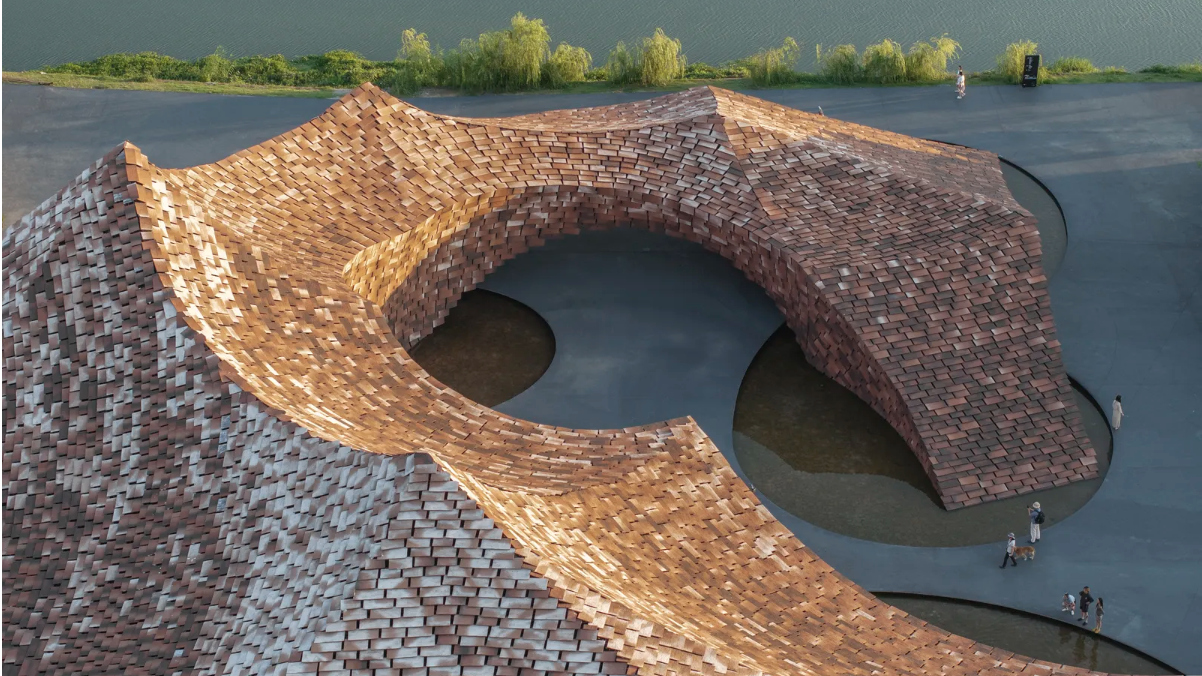 Are these the best brick and ceramic buildings in the world?
Are these the best brick and ceramic buildings in the world?The biannual Brick Award is back. Discover the shortlist of innovative buildings across the world, designed by architects thinking outside the box